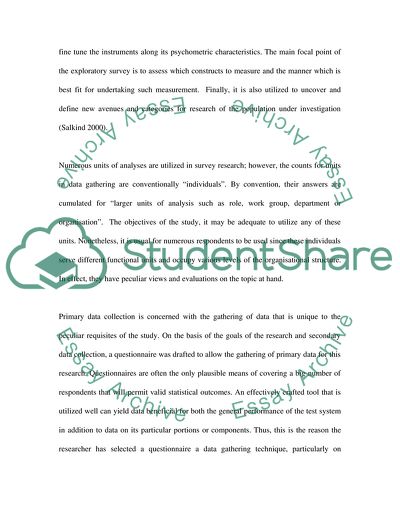Cite this document
(Research Approach: Qualitative and Quantitative Methods Coursework, n.d.)
Research Approach: Qualitative and Quantitative Methods Coursework. https://studentshare.org/marketing/1708008-research-method-based-on-proposal
Research Approach: Qualitative and Quantitative Methods Coursework. https://studentshare.org/marketing/1708008-research-method-based-on-proposal
(Research Approach: Qualitative and Quantitative Methods Coursework)
Research Approach: Qualitative and Quantitative Methods Coursework. https://studentshare.org/marketing/1708008-research-method-based-on-proposal.
Research Approach: Qualitative and Quantitative Methods Coursework. https://studentshare.org/marketing/1708008-research-method-based-on-proposal.
“Research Approach: Qualitative and Quantitative Methods Coursework”. https://studentshare.org/marketing/1708008-research-method-based-on-proposal.


